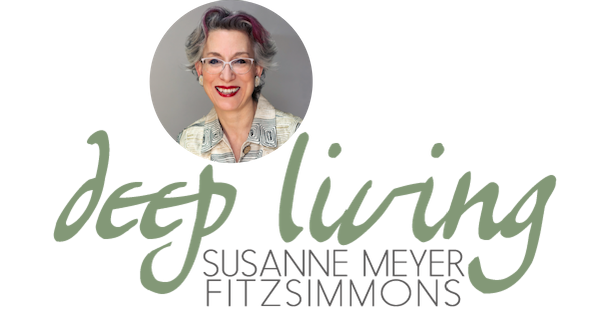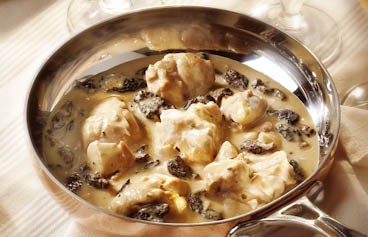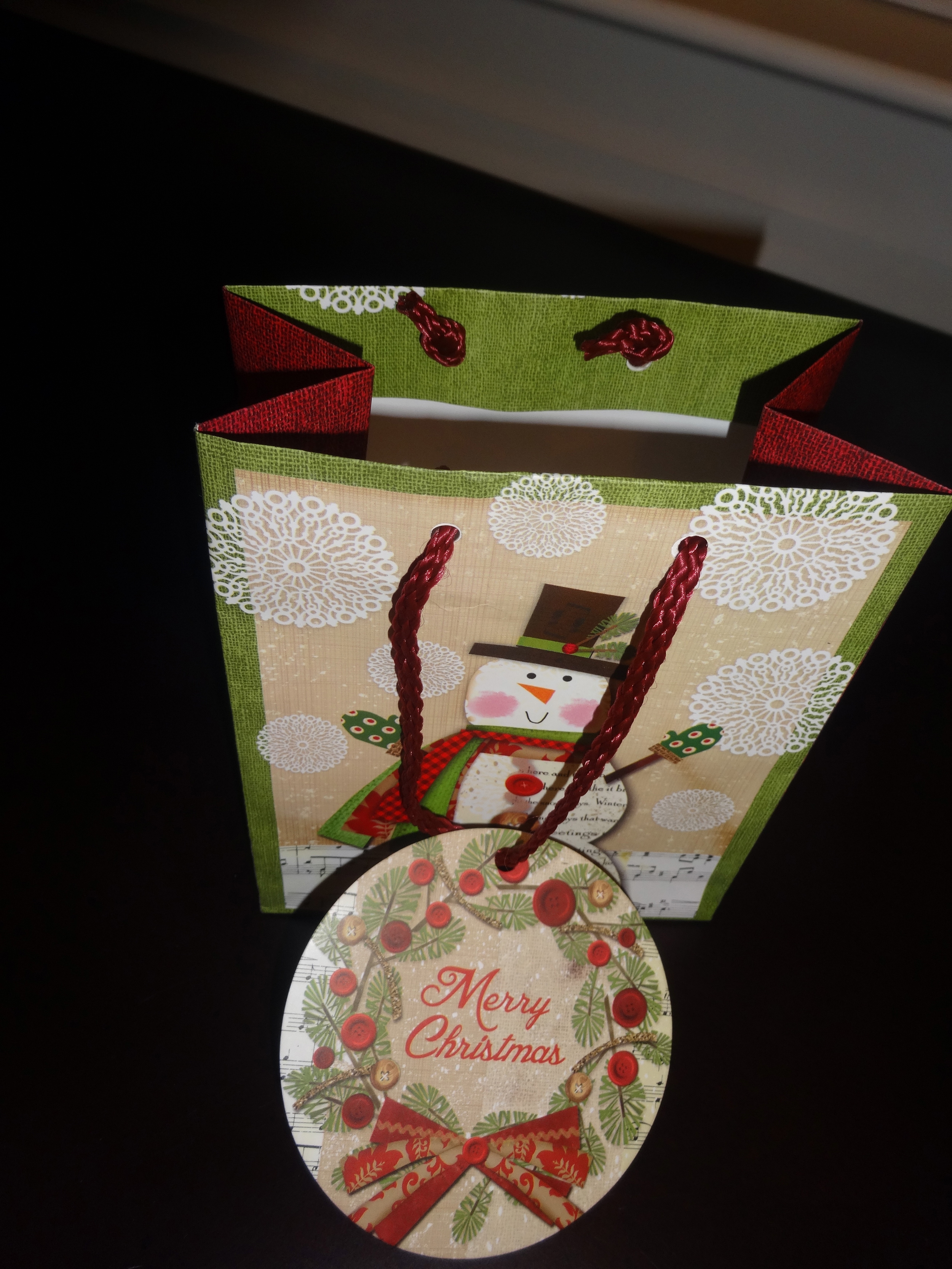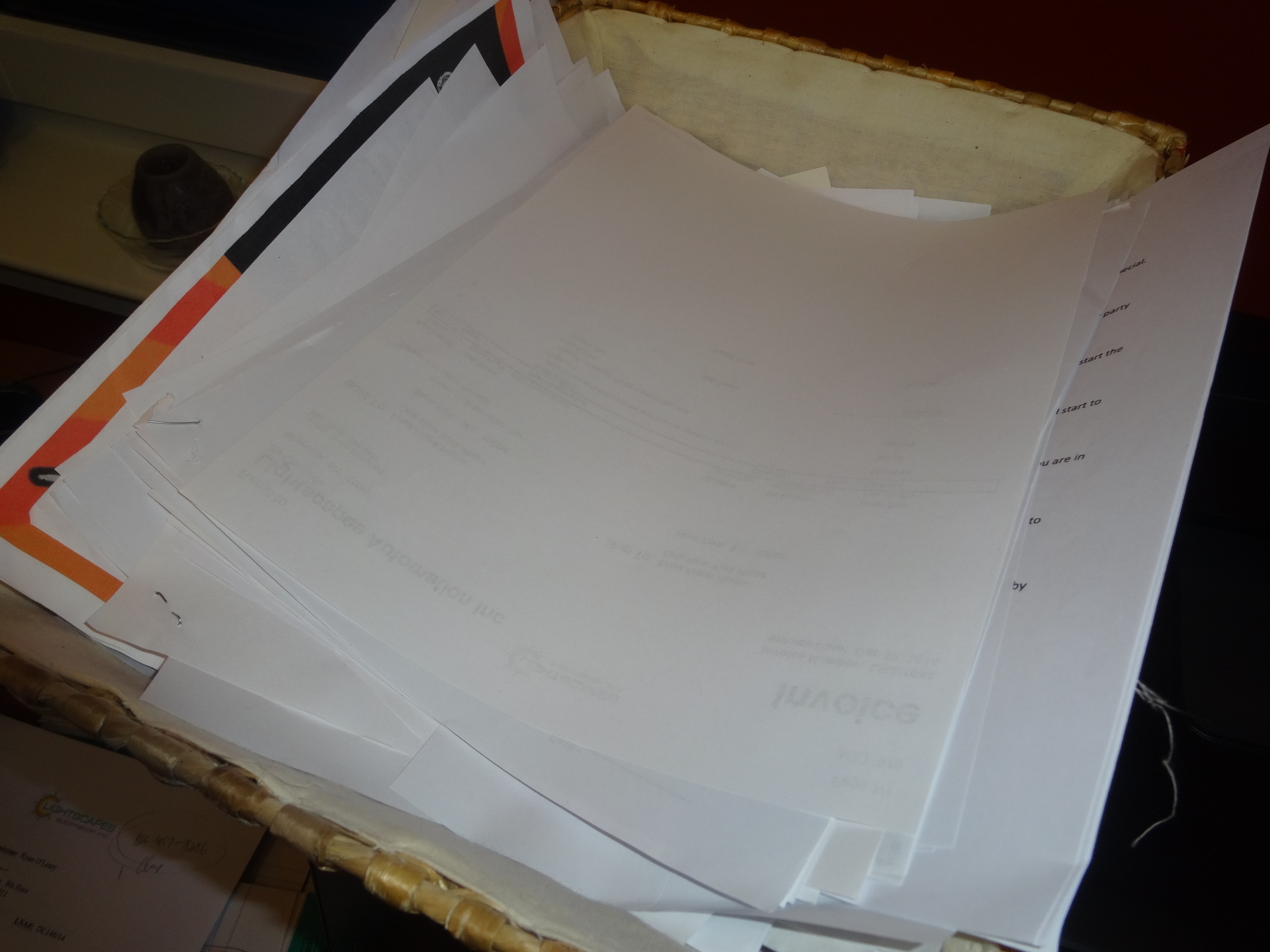You can eat it in seed, flour or oil form, you can make clothes and rope out of it as well as biodiesel fuel, paper and building materials. Meet hemp, the old/new super crop. Pretty much the only thing you can't do with hemp is get high on it because it's not the same as marijuana, although they both belong to the cannabis family. It's a super plant and super food that withstands drought, thrives in poor soil, and grows fast.
Hemp oil is extremely rich in essential fatty acids, and according to David Wolfe of Superfood fame "the only known food with ideal ratios of omega-6 and omega-3 fatty acids." The oil is also used in body care products. Hempseed is a complete protein, the leaves are edible and you can make tea out of them. The seeds can be made into butter, bread, beer and milk, similar to a nut milk. Hemp's fiber is one of the strongest fibers on earth, hence its use for rope. But it can also be made into clothing. Hemp clothing is better than cotton in every way - warmer, more absorbent, stronger and more resilient, accepts dye better, extremely durable and it becomes softer and more comfortable the longer you wear it. Hemp can grow pretty much anywhere in the world and yields 2.5 times the fiber the same area planted with cotton would yield. A biodegradable plastic can be made from the stalk as well as building materials like insulation, fiberboard, and hempcrete, all non-toxic and non-off-gasing.
Hopefully, the silly hemp ban in the US that dates back to the 1930s and was engineered around political and monetary interests will be lifted soon as people become more aware of this super crop.














